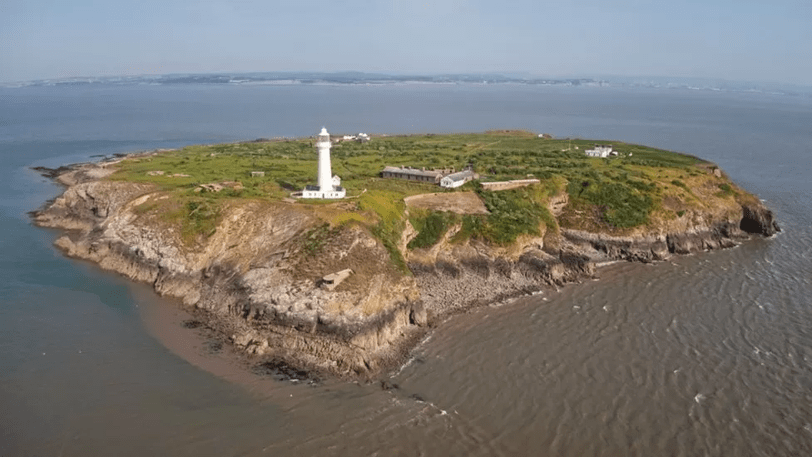The age-old adage “No man is an island” finds a remarkable exception in the story of Simon Parker, where the transformation journey after a traumatic event led to an unexpected island life.
In the wake of a dear friend’s passing, Simon Parker, an ex-Royal Air Force aircraft engineer, yearned for change. This longing eventually propelled him to a remote and unforeseen destination: Flat Holm Island, four miles off Cardiff’s coast in the Bristol Channel’s fierce embrace. Devoid of mainstream amenities and subjected to harsh elements, this island presented an unconventional opportunity for Simon. He donned various roles – from a guardian of the island’s heritage to a handyman, bartender, and sporadic tour guide.
With his days now devoted to ornithology and preparing the island for the ever-shifting seasons, Simon’s previous role as a Red Arrows avionics engineer seems worlds away. The island’s isolation offered a timely escape for him following a tumultuous period marked by personal struggles and self-discovery.

“I was searching for somewhere that felt like home when it wasn’t a place as such; the loss was inside, and I needed to find that again,” Simon told the BBC. With its rich history dating back to the Dark Ages, the island had seen a procession of monks, Vikings, silver miners, and even radio pioneers grace its shores. Today, it is a sanctuary for unique wildlife, including rare lizards, flora, and birds.
Amidst the solitude and serenity, Simon’s life has become one in harmony with nature. He acknowledges the privacy, stating, “I’m no longer a filthy mainlander; I am a filthy islander.” While isolation can breed apprehension, Simon thrives on its challenges. However, the occasional presence of volunteers and tourists engaged in conservation efforts offers him companionship.
Simon’s role extends beyond personal enrichment; preservation and sustainability have become the cornerstone of his island life. His profound insights are directed towards a broader understanding of resource scarcity and conservation: “Living on an island, the sustainability of all this is quite tricky. For me, Flat Holm is kind of like a microcosm for how I look at the world. We have to move away from this idea that we have infinite resources; it is just not sustainable.”

After six months on the island, Simon’s journey is a testament to the human capacity for adaptation and reconnection. His message to others contemplating a leap of faith echoes with conviction: “Feed your inner child, and you might end up in a place like this.”
Simon’s story tells us about the transformative power of nature, solitude, and embracing unconventional paths. With its serenity and challenges, Flat Holm Island serves as a canvas on which Simon not only found himself anew but also learned vital lessons in sustainability and self-reliance.


